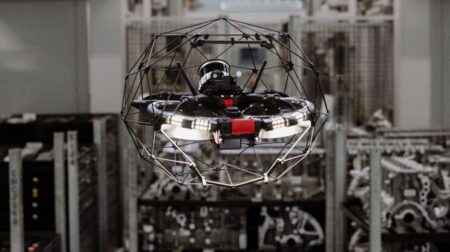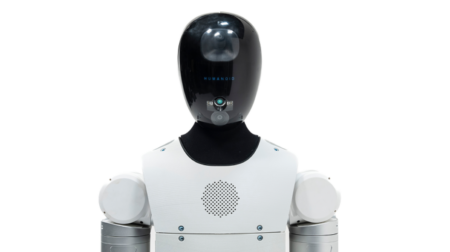ETH Zurich has developed a new solution for underwater robots through artificial muscle development.
Robert Katzschmann, a robotics professor at ETH Zurich, with Stephan-Daniel Gravert, Elia Varini, and other colleagues, emulated the design of human muscles.
Copying the features of human muscles in soft robots can improve energy efficiency, flexibility and adaptability, making them useful in many different situations.
In lieu of organic fibres and cells, the artificial muscles are filled with liquid pouches, usually oil. The pouch’s shell is partially covered in electrodes; when these electrodes get an electrical signal, they move closer, pushing the liquid into the pouch.
Stimulating the pouch flexes and lifts a weight, multiple pouches capable of propulsion. These pouches are connected to create a whole artificial muscle or actuator.
Previously, artificial muscle development has been hampered by the failure of electrostatic actuators requiring extremely high voltages of around 6,000 to 10,000 volts.
ETH Zurich researchers created the hydraulically amplified low-voltage electrostatic (HALVE) actuators which require a lower voltage to function. HALVE also uses a shell with many layers in contrast to other actuators where the electrodes are on the outer shell.
HALVE was created using a high-permittivity ferroelectric material combined with a layer of electrodes that can store large amounts of electrical energy. This combination was then coated with a polymer shell with excellent mechanical properties, adding stability to the pouch.
Using the ferroelectric material with higher permittivity, the researchers could reduce the required voltage while still generating large forces. Gravert and Varini developed the shell for the HALVE actuators and constructed the actuators themselves in the lab for use in two robots.
The entire gripper, including the power and control electronics, weighs 45g and can reportedly support its own weight when lifted into the air with a cord. The artificial muscles are lighter, safer and more robust than their predecessors, according to the research team.
Robert Katzschmann, robotics professor at ETH Zurich, said:“This example excellently demonstrates how small, light, and efficient the HALVE actuators are. It also means that we’ve taken a huge step closer to our goal of creating integrated muscle- operated system.”
“The fish illustrates a general advantage of these actuators – the electrodes are protected from the environment and, conversely, the environment is protected from the electrodes. So, you can operate these electrostatic actuators in water or touch them, for example.”
“And the layered structure of the pouches has another advantage: the new actuators are much more robust than other artificial muscles.”









